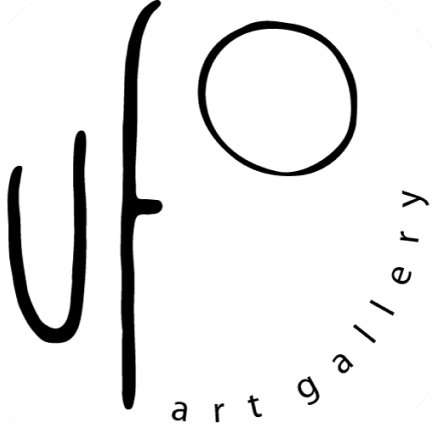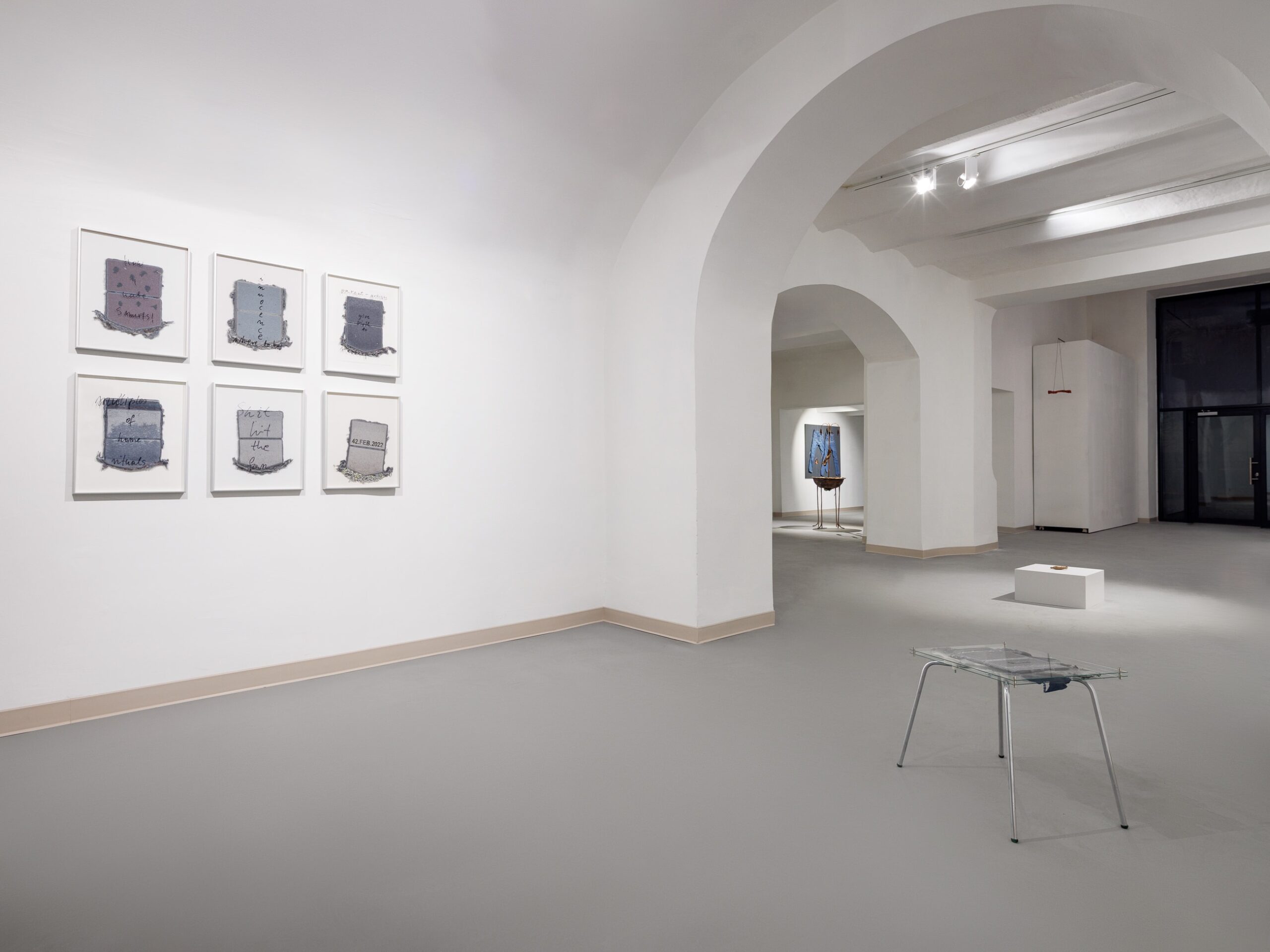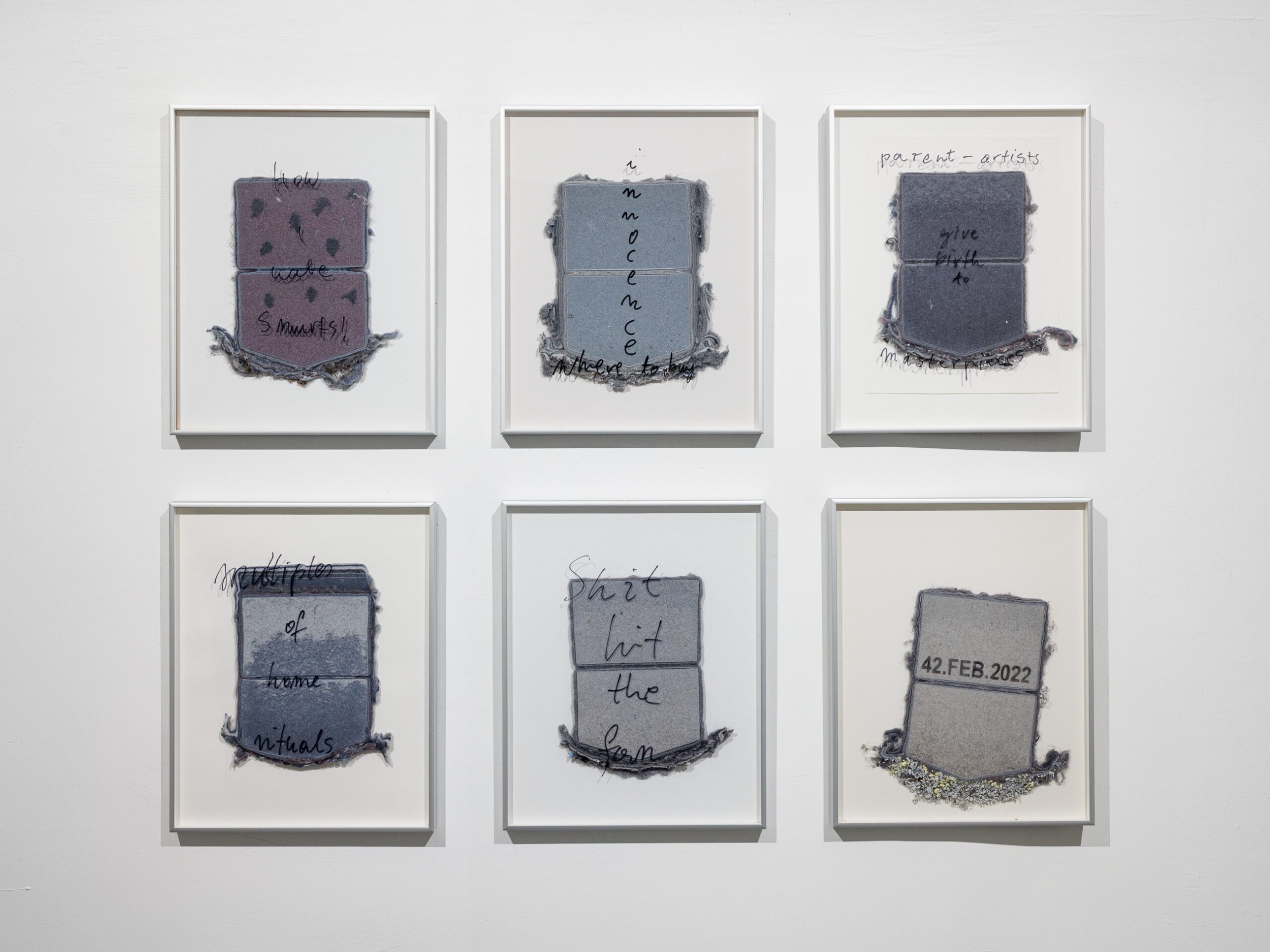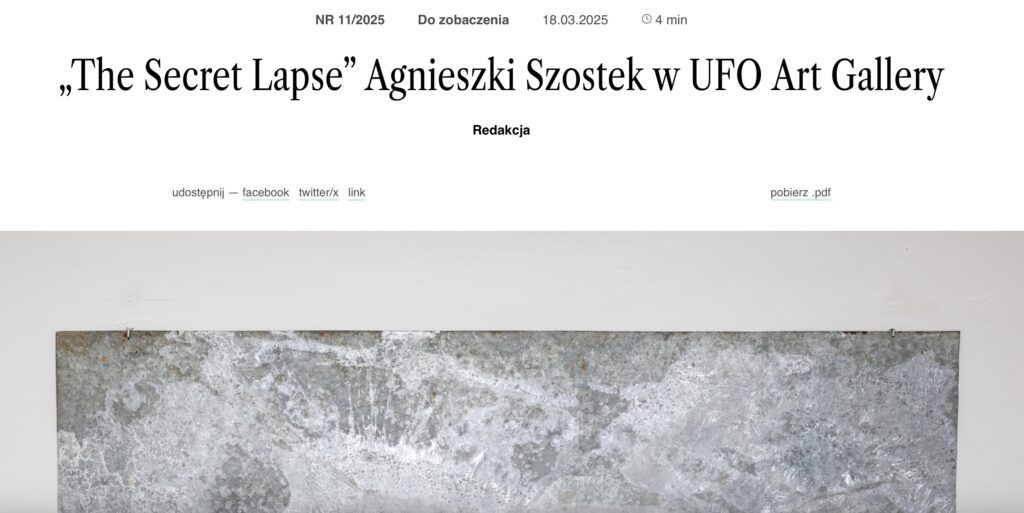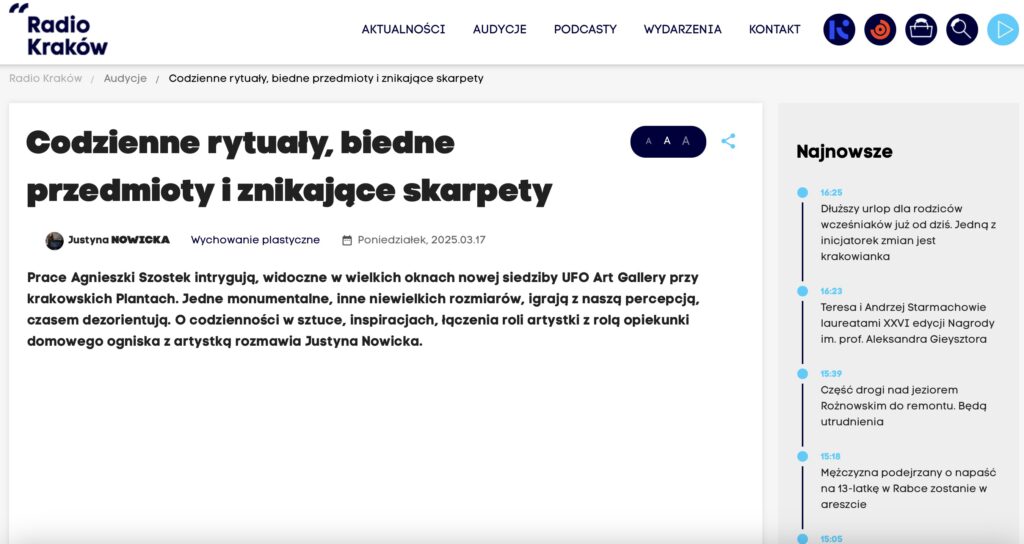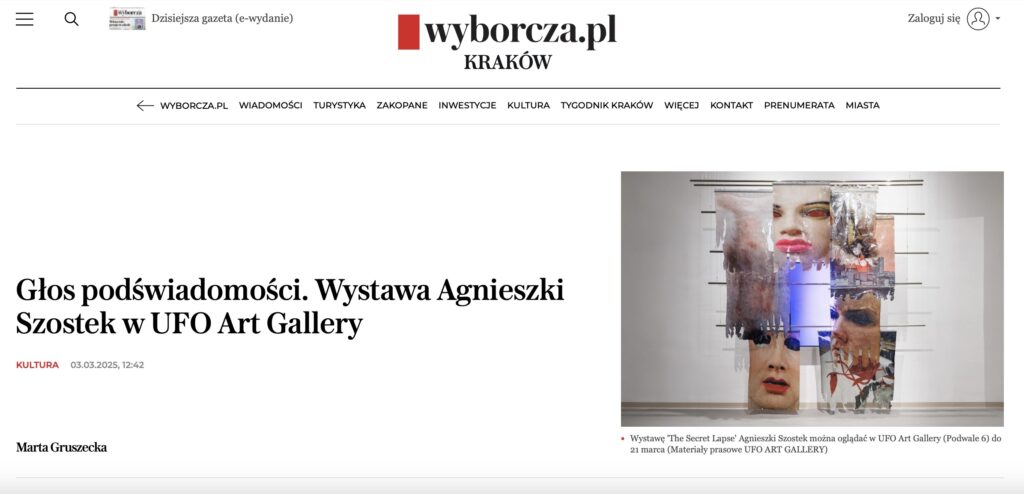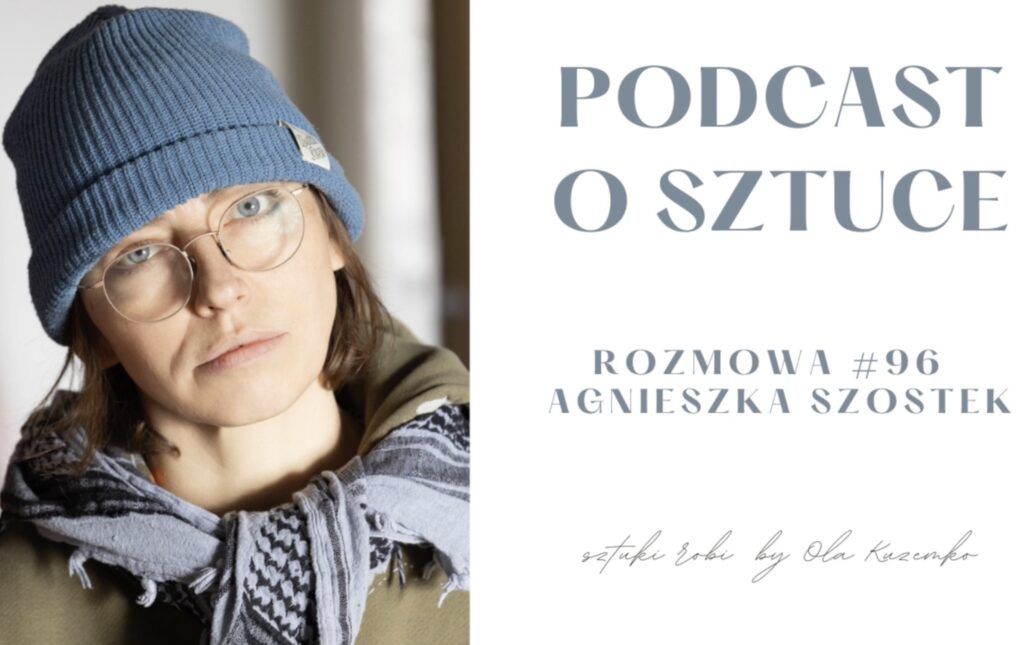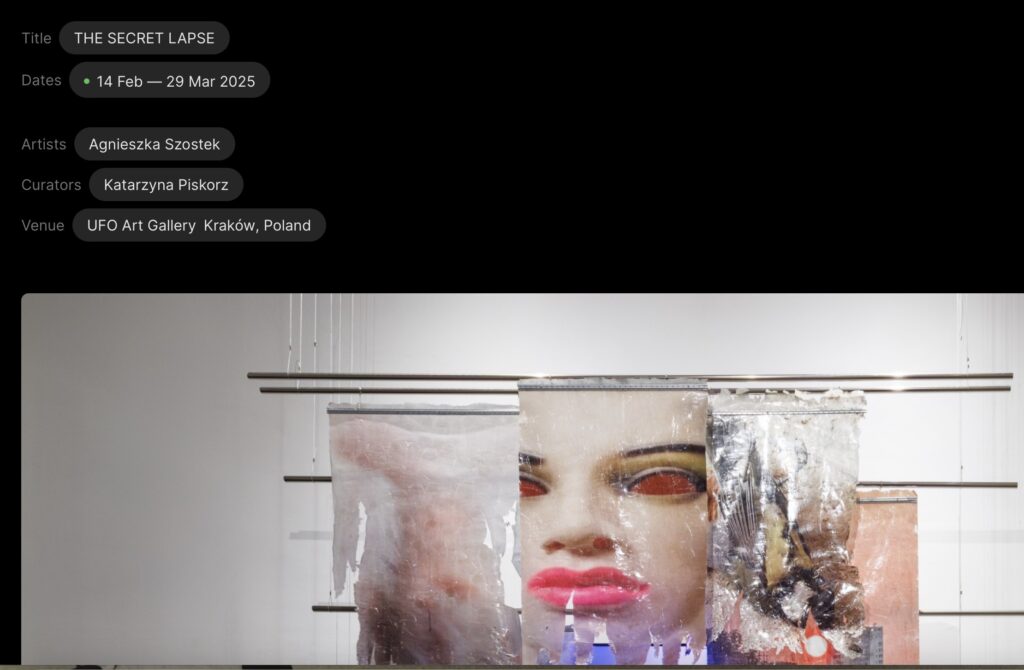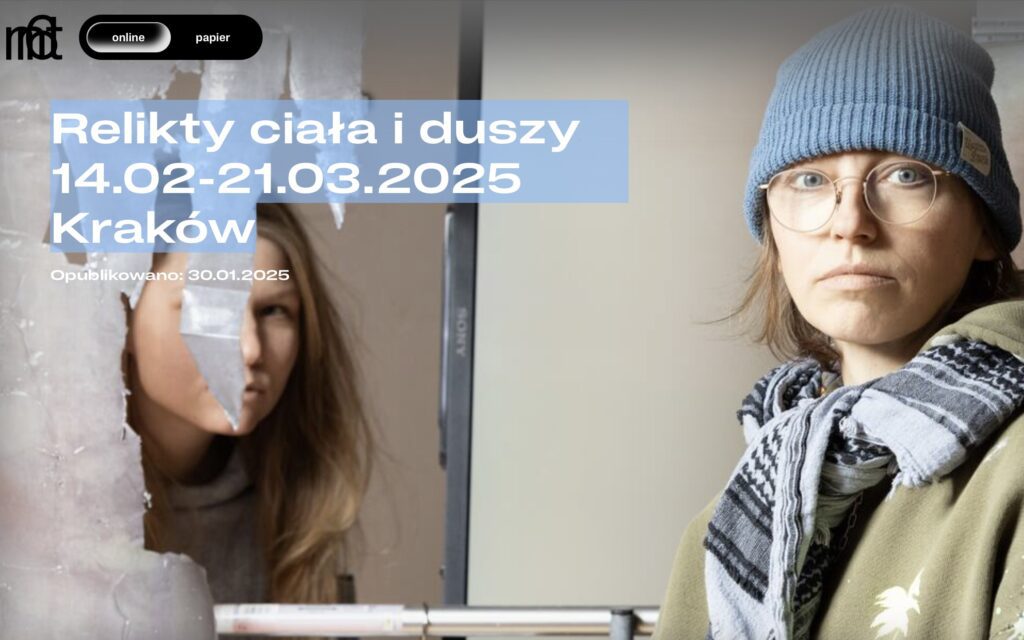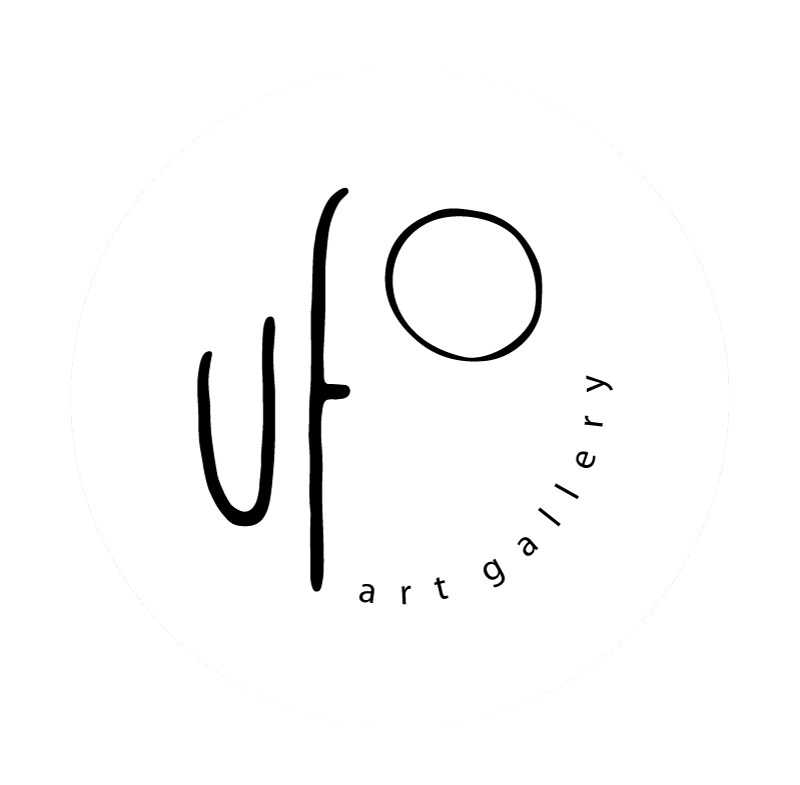The pulsating rhythm of the music transitions seamlessly to the monotonous sound of the washing machine. The cycle ends in spinning, rinsing, and draining. Drying. Galaxies of swirling socks are sucked into black holes. From now on, lonely and flawed, they orbit in another universe. Dryer filters covered in everyday dust, a felt suit chewed to the bone by insects and buried in a box in a museum storeroom, and the belief that art has the power to heal – they all remind us that every day, we become encrusted with layers of successive versions of ourselves. With this comes the need for self-definition and the urge to present ourselves anew again and again.
The title of the exhibition can mean a secret or mysterious fall, a lapse, but also a blunder or indiscretion. Towards what or whom? To ourselves? Time as such? A lapsus is also a voice from the unconscious, into whose abyss we throw whatever is inconvenient. Szostek’s realisations are almost always about the unyielding end. What they have in common is a reaction to reality by resorting to the ignoble. That is why, when confronted with her projects, we arrive at an image of a world that is incoherent, torn by contradictions and absurdities. And yet we smile because the artist’s works, which combine ordinary objects in disarming constellations, are characterised by a discreet sense of humour. There are dissimilarities and divergences in Szostek’s actions, but her works always elude established codes.
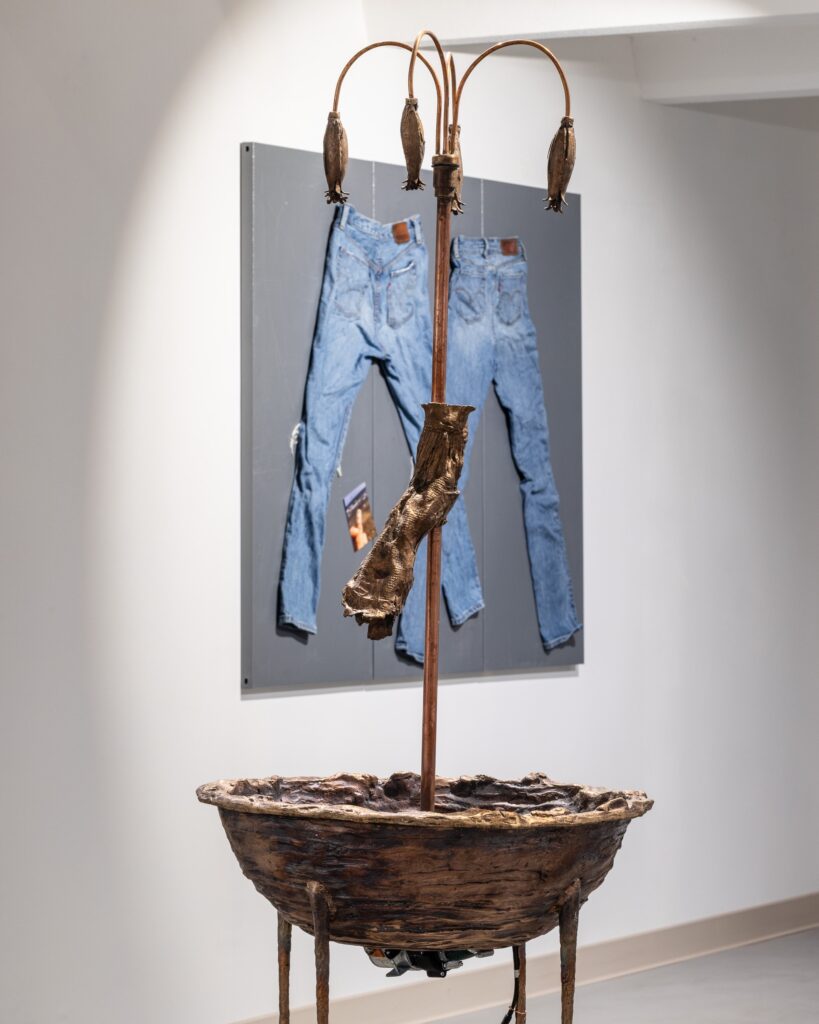

Love and Hangover is the title of Szostek’s installation from 2023, one of the first works created for display in the UFO exhibition space. Dominant and absorbing, like the states of intoxication and love that are the essence of life beyond liminal states. The sunset in the installation can be seen as a visual metaphor for this transition, in which the vibrant red sun signals the end of something intense and the beginning of an inevitable fall. It combines themes of transience, detachment and duality, guilt and innocence, emphasising that life, like love, is a series of ups and downs, beginnings and endings. The work is a prime example of one of Szostek’s creative paths, in which she draws on post-internet motifs using her own thermoplastic technique. Photography is her raw material, used to create digital and handmade collages transferred to a material that resembles a screen in its smoothness and human skin in its softness. The chosen technique stems from the experience of images as the body and the constant need to change and transform it. The extremes in the works are exemplified by the combination of artificial and natural elements, which mix to form hybrid entities. A similar technique was pioneered in Poland by Alina Szapocznikow, who created a narrative about the need to stop the flow of time, a consuming illness, her own changing body and the growing and evolving body of a child.
Szostek’s narrative explores the experience of life in the age of the Anthropocene and posthumanism as a source of remorse, a sense of destruction and failure. Since 2020, the artist has turned to dryer filters, the by-product of everyday domestic rituals. The objects, as if made of felt, with accumulated residues of fibres, human and animal hair and other impurities, are placed on massive metal plates. They form appealingly repulsive compositions that recall the dust of Duchamp’s Bride, Beuys’s realisations or Oppenheim’s abject fur-lined teacup.


The works in the Bodies series can be seen as a legacy of Dadaist and Surrealist montage and collage, bric-a-brac culture, and Fluxus activity. Szostek uses objects widely regarded as waste. These objects belong to the intimate and private sphere; although ubiquitous, their ephemeral nature situates them somewhere between presence and absence. Lint, dust, and detritus are human, ours, domesticated—yet alien and unwanted. Nevertheless, there is a touch of tenderness in these works, stemming from the experience of motherhood, much like the objects themselves – mementoes devoid of aestheticisation.
Challenging perfectionism and festiveness does not mean a lack of control. The title object of The Secret Lapse was built around an alienated item object – a worn sock with holes. Casting it in bronze gave it the status to which Jasper Johns’ beer cans or torch had previously been elevated. As the artist herself explains, she borrowed the floral element in the sculpture from the early Romantic painter Philipp Otto Runge’s work entitled Morning from the Seasons of the Day series of 1808. With a fresh perspective, the tamed and familiar has been liberated from the imposed hierarchy of importance and value.
The soothing sound of circulating water accompanies the experience of the sculpture-fountain. Everydayness has been intensified. The awareness of transience, wear and tear, and imperfection has been soothed by the quiet hope for development – even if it only pertains to metal petals.
Katarzyna Piskorz
